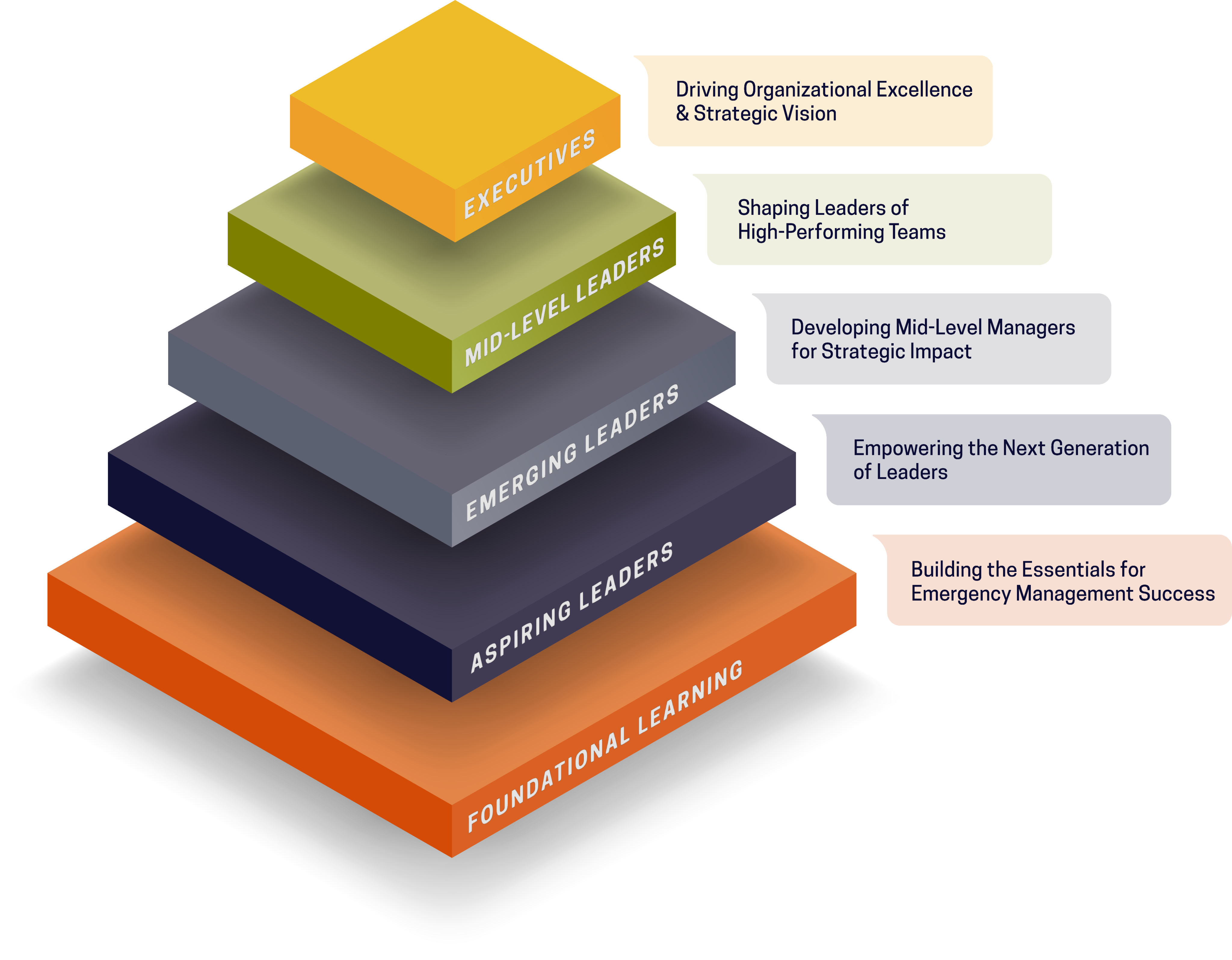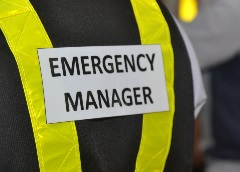Related Articles
Case Study
Building the Future of Emergency Management: FEMA Vanguard Executive Leadership Program
Today’s leaders in emergency management (EM) face a level of complexity, interconnectivity, uncertainty, and volatility far beyond anything seen before. Leading in this environment—where events have far-reaching impacts—requires integrative thinking, advanced problem-solving, predictive analysis, and coordinated communication across a range of organizations and teams. So, with such a daunting problem set, what's to be done? The FEMA Vanguard program was born out of the new reality facing emergency management to provide purposeful connections, enhance role awareness across all facets of EM, introduce new leadership frameworks focused on innovation, inclusion, and adaptability, and address pressing and emerging issues and solutions.
Insights
What is Crisis Leadership? 10 Tips for Leading Effectively in a Crisis
What does it mean to be a crisis leader? How can you learn to respond when the stakes are high and every decision you make carries significant consequences? These are questions that confront leaders and emergency managers every day, at every level. We’ve worked with hundreds of professionals in emergency management, and below is a collection of their best 10 tips on how to be an effective leader before, during, and after a crisis.
Senior Advisor Interview
Leading Through Crises: A Conversation with Pete Gaynor
The emergency management sector is undergoing a transformation marked by an increase in crises and an expansion of responsibilities. As the Acting FEMA Administrator and Acting Secretary of Homeland Security, Pete Gaynor was at the forefront of that progression, setting priorities and aligning thousands of emergency managers on a mission. During his time at FEMA, Gaynor led the agency’s response to hundreds of declared emergencies and major disasters, and in 2020 oversaw FEMA’s response to the COVID-19 pandemic.




